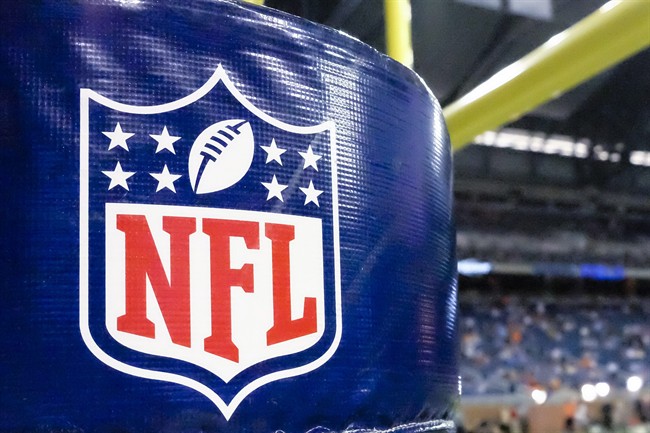TORONTO – Take heart, Tom Brady, you’re not the first to be accused of cheating in a professional sport, nor will you be the last.

In baseball, there’s a long list of possible “cheats.”
READ MORE: Deflate-gate: Brady, Belichick offer no explanation for deflated footballs
Just last year, New York Yankees starting pitcher Michael Pineda was suspended for 10 games when it was found that he was using pine tar to get a better grip on the ball. Major League Baseball rules say that says a pitcher shall not “have on his person, or in his possession, any foreign substance. For infraction of this section (b) the penalty shall be immediate ejection from the game. In addition, the pitcher shall be suspended automatically.”
Then there are pitchers who “scuff” the ball. This can be done by scratching it (as Joe Niekro famously did with an emery nail filing board in 1987) on one side. The ball is thrown so that it swerves in one direction.
Players have also been known to throw spitters, balls that are lubricated with spit (lovely), Vaseline or some other slippery substance that prevents the ball from too much backspin.
And it’s not just pitchers. Hitters have their own way of cheating, mainly with the corked bat.
To cork a bat, one drills a core in the thick end of the bat and inserts a cork into the gap, then sealing it. This makes the bat lighter and easier to swing, but without losing much power.
In 2003, Sammy Sosa was suspended for seven games after he was caught with a corked bat.
Hockey, our beloved Canadian sport, isn’t without its history of cheating accusations.
In the 1993, L.A. Kings defenceman Marty McSorley was sent to the penalty box in Montreal in Game 2 of the Stanley Cup Finals against the Habs, when it was discovered that he was using an illegal stick. Habs captain Guy Carbonneau urged coach Jacques Demers to get the refs to measure McSorley’s stick and it was discovered that the stick was curved beyond the National Hockey League’s limit.
In 2008, Ilya Kovalchuk was also penalized for having an illegally curved stick.
Players have also been accused of having illegal pads or sticks that were too long.
And there have been other publicized instances of cheating, from Ben Johnson’s steroid use in the 1988 Olympics, to Tonya Harding’s hiring of someone to cripple fellow skater Nancy Kerrigan with a baton to the leg, to Lance Armstrong’s steroid use in the Tour de France.
Maybe it’s no surprise that there’s an adage in sports: “If you’re not cheating, you’re not trying.”



Comments